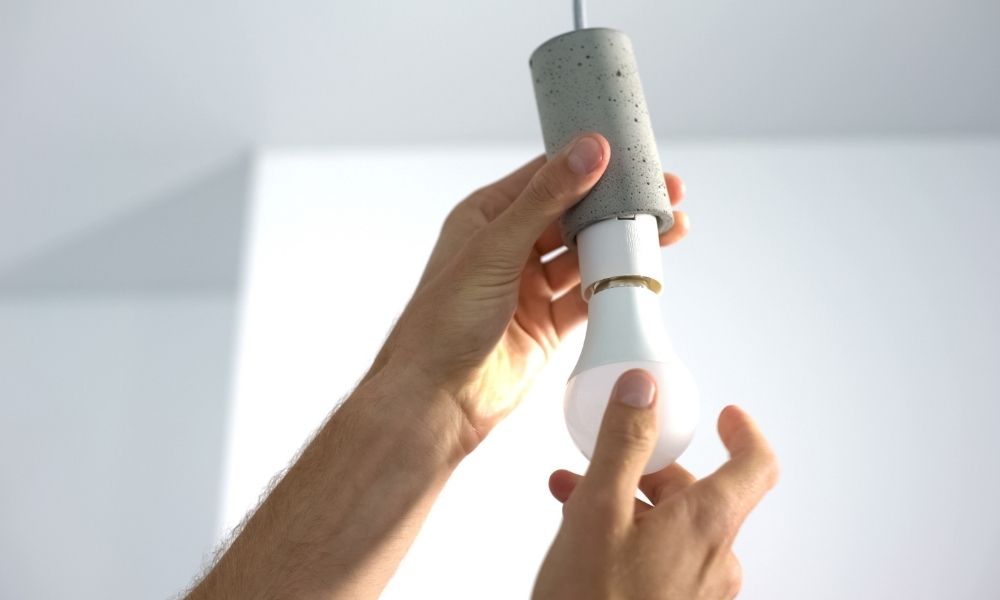With the rise in popularity of LED light bulbs, the knowledge that they are more energy-efficient is becoming more ubiquitous. But when people repeat this information long enough, many begin to accept it as fact. At this point, it becomes difficult to remember how the initial conclusions were drawn. It is generally accepted that LED lights are more energy efficient, but how are LED lights more energy-efficient?
How Are LEDs Made?
The acronym LED stands for Light Emitting Diode, and that simply explains the basic function of an LED bulb. An LED bulb is constructed out of these diodes, which are made out of semiconductor material. One layer of the semiconductor material will have an abundance of electrons, while the second layer will be depleted of electrons. The difference of electrons in each layer will allow them to move from one to another, resulting in the creation of light due to electronic excitation.
How Is This Different From Incandescent Lights?
Where LEDs use diodes to generate light, incandescent bulbs use a filament made out of tungsten. The way in which an incandescent bulb creates light is to pass an electrical current through the filament; this electric current then generates heat. The filament heats up until it glows, producing light. Tungsten is used as the material because it has a very high melting point.
Diode vs. Filament: Which Is More Energy Efficient?
Where the energy efficiency comes in is with these two methods. Incandescent bulbs spend most of their energy on heat generation, just trying to light up the filament. As such, because there is a need for heat in the lighting process, only about 10 percent of the energy actually goes into producing light. The remaining 90 percent of energy is emitted as heat.
The Superiority of the Diode
Because the diode spends all of its electricity on generating light, there is no power being wasted on heat. This difference can be seen in each bulb’s lumen per watt calculation. A lumen is a measurement of light, and a watt is a measurement of energy. A standard high bay LED light fixture produces 145 lumens per watt, while an incandescent fixture only produces 16 lumens per watt.
Refined Technology
The reason why LED lights are more energy-efficient is because of modern and more nuanced technology. All the energy goes toward lighting, while nearly none of the power is wasted on heat.


